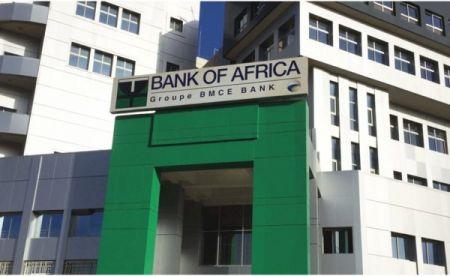
(Ecofin Agency) – BOA Mali’s net profit surged in the first half of 2024, reaching CFA4.8 billion, driven by a 44% drop in risk costs and a modest 4% increase in net banking income, despite inflation, rising resource costs, and economic pressures.
Bank of Africa Mali (BOA Mali) posted strong results for H1 2024, driven by a sharp drop in risk costs. This boosted the bank’s net profit by 132% compared to the same period last year.
By June 30, 2024, the bank’s net profit had reached CFA4.8 billion ($7.3 million), up from CFA2.1 billion at the end of June 2023, according to its semi-annual report.
This significant growth was mainly due to a 44% reduction in risk costs, which fell from CFA5.7 billion in 2023 to CFA3.2 billion this year. Better management of doubtful loans and improved asset quality were key factors in the bank’s profitability.
Banking Income Growth and Cost Management
BOA Mali’s net banking income, which measures its revenue, rose 4% during the period to reach CFA18.2 billion. This modest growth was attributed to improved margins and higher fees, despite challenges in Mali’s economic environment, including liquidity pressure, security issues, and rising resource costs. The cost of funds at the Central Bank of West African States (BCEAO) stood at 5.5%, reaching over 6% on the interbank market at times.
“The Malian banking sector is dealing with tightening liquidity and increasing resource costs, but BOA Mali’s ability to generate additional income while reducing its risk charges shows the strength of its business model,” said a banking analyst.
However, the bank’s general expenses saw a slight increase of 3%, reaching CFA10.1 billion. Despite inflation-driven operational cost pressures, BOA Mali managed to contain this rise. This cost control helped the bank maintain stable profitability, with gross operating income up 5% to CFA8.1 billion.
While BOA Mali’s performance is positive, caution remains essential. The bank continues to operate in a fragile environment, facing macroeconomic, budgetary, and geopolitical challenges. Financial analysts believe that the reduction in risk costs could continue supporting the bank’s profitability in the coming quarters, provided asset quality remains stable and the macroeconomic situation does not worsen.











Comments